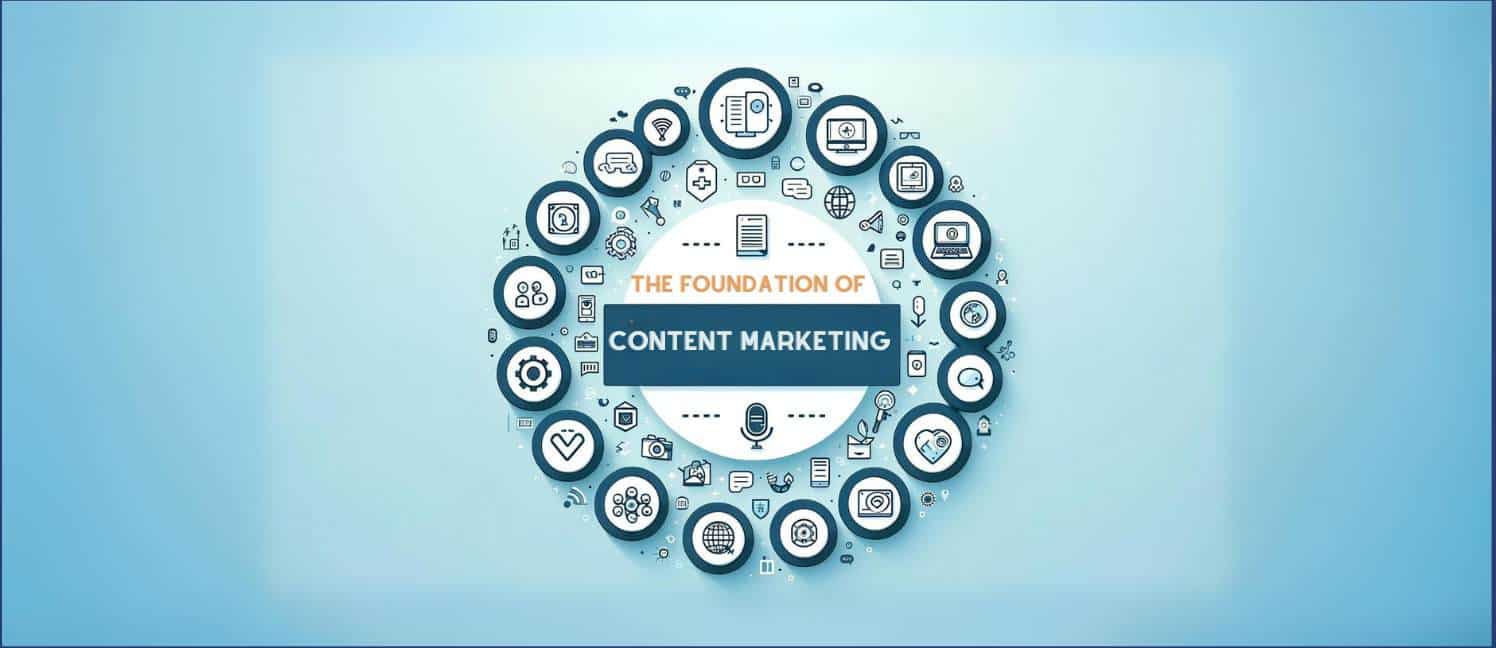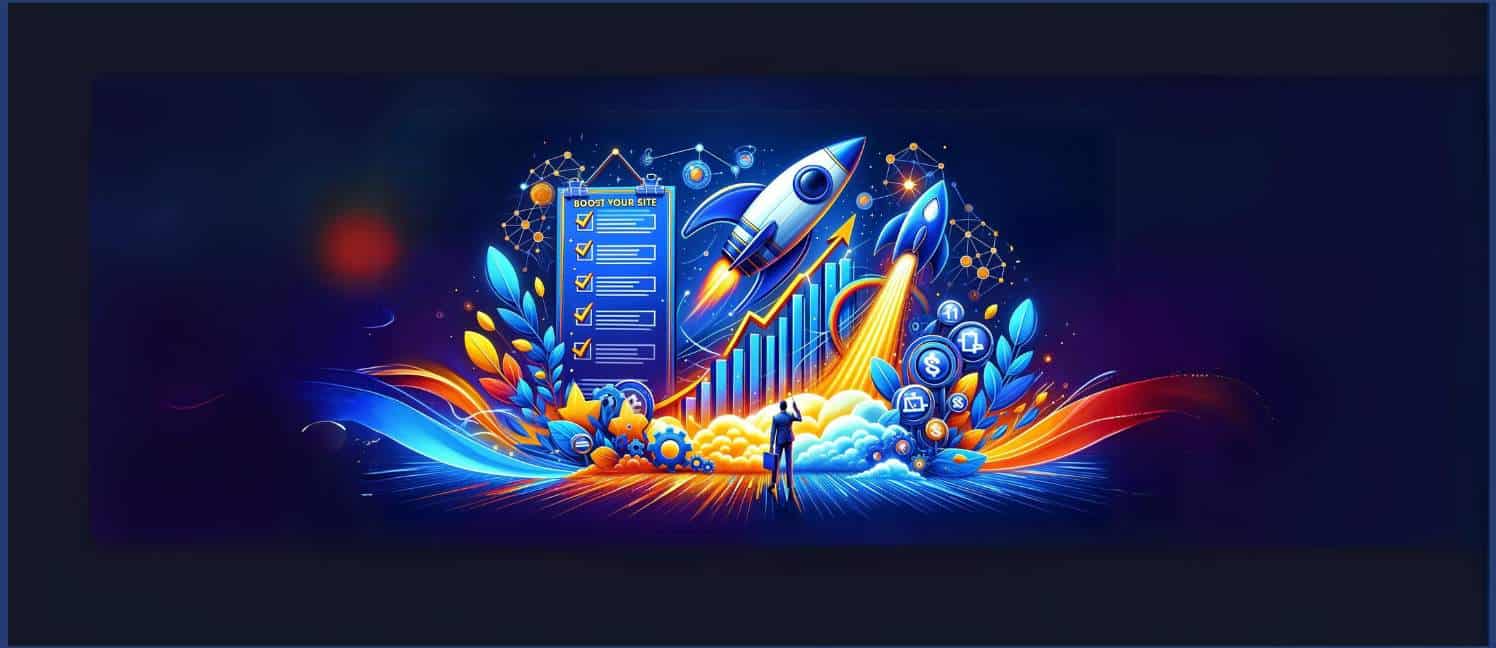A buyer persona in content marketing is a semi-fictional representation of your ideal potential customers who need your service or product. Businesses formulate perfect customer profiles by gathering data and deeply understanding their target market. They use buying habits, psychographics, and demographics.
Buyer personas in content marketing are instrumental since they allow you to provide valuable content for your target customer. Acknowledging their purchasing personalities lets you adapt your content marketing to their requirements, interests, and pain points.
Content marketers can generate leads, convert them, and expand their business using an accurate buyer persona. This insightful piece will highlight common queries on buyer personas.
In the end, you will also get a section on how ContentGo can step in to offer you killer content that aligns with your buyer personas.
Let’s begin.
What is a Buyer Persona Vital for Content Marketing?
Customer personas represent your target audience’s preferences, pain points, and motivations during buying.
When woven into your content marketing strategy, these personas yield tailored content that resonates across customer segments in the following ways:
- Model customer deep understanding.
- Content preferences and relevance.
- Tailored messaging.
- Effective content marketing strategy.
- Better content segmentation.
- Customer engagement boost.
- Conversion optimization.
- Content efficiency.
How Do Buyer Personas Enhance Content Strategy Planning?
Buyer persona in content marketing is the foundation of any successful marketing campaign.
Buyer personas enhance content strategy planning through:
- Illuminating customer preferences, pain points, and motivations.
- Finetuning content strategy for relatability across diverse business and social networks.
- Crafting messaging that optimizes engagement and conversions.
- Influencing social channel selection and content format for maximum impact.
What Are The 4 Types of Buyer Personas?
The four main types of buyer personas are:
Competitive Persona
Just as the name suggests, competitive personas are driven by seeking your competitive advantages. This audience persona focuses on value propositions and unique selling points that set your brand apart.
Spontaneous Persona
Spontaneous personas thrive on excitement and instant gratification. These potential buyers are more likely to make impulsive purchasing decisions based on the allure of the moment.
Humanistic Persona
Humanistic personas prioritize relationships and human connection. This buyer group typically engages with companies that practice empathy and social responsibility. They also appreciate brands that offer them a genuine understanding of their wants and needs.
Methodical Persona
Methodical personas approach online purchasing with careful consideration. They meticulously research, compare options, and weigh the pros and cons before deciding.
How do You Craft Accurate Buyer Personas?
Crafting an accurate buyer persona in content marketing requires a comprehensive understanding of your customer base. To get this understanding, you have to go back to the inception of your company’s business goals. Once you go back, answer these questions, and the answers become your buyer persona:
What demographics are you targeting?
When you began, you had a solution to a problem someone was facing. And if you take a closer look, a certain demographic was your primary focus. You were to create a product or service that caters to that demographic’s daily life needs for sustainability.
For instance, if you are distributing women’s fitness wear, the first demographic starts there: your target audience becomes women!
Other accompanying demographics are age, location, income, and level of education.
Here, the age bracket would be 25 to 35; the location might be your town or city. For income level, you target someone earning at least $14 per hour, and the educational level may be university and above.
What job does your target audience do?
In the case of women’s fitness apparel, you are targeting working women with careers. Why?
They need to pay for the gym membership and buy from your business. Someone in a permanent job with a managerial or level of seniority might suffice on job titles.
What are their pain points?
Pain points are the hurdles your target audience has to overcome to get what you are offering. An example of a pain point in the above scenarios may be:
- The need for more time to shop.
- The need for more variety in women’s sports apparel.
- The need for customizable shopping experiences.
Once you know these problems, you may design a system to address them. It would be beneficial in this situation to create a website that offers delivery services after exhibiting various clothing in various sizes.
More questions:
Although they are not the only questions, the three above are the most basic. You can create the ideal buyer persona for your brand by answering the following additional questions to offer understanding at a deeper level:
- What are their goals and motivations?
- What are their burning habits?
- What is the brand perception they have of you?
- What is their attitude towards your industry?
Incorporating Buyer Personas into Content Creation: A Step-by-Step Guide
Incorporating user personas into creating every piece of content involves a strategic step-by-step approach. This strategy encompasses maximizing content marketing success for precise engagement and conversions. Here’s a comprehensive guide to integrating effective buyer personas in different types of content:
- Persona Development: Have your customer service team craft detailed personas encompassing preferences, pain points, and motivations.
- Content Mapping: Map ideal target audience attributes to content ideas and formats.
- Keyword Alignment: Align content with persona-specific keywords for SEO optimization.
- Tone and Style: Tailor tone and style to resonate with each persona’s personal life and communication preferences.
- Content Channels: Select platforms and channels preferred by personas for content distribution.
- Message Relevance: Ensure content addresses persona-specific pain points and offers solutions.
- CTA Customization: Customize CTAs based on persona motivations for higher conversion rates.
- Content Testing: Continuously test and refine content based on performance metrics. You should evaluate this using both internal and external surveys.
ContentGo’s dynamic platform aids this process with a pool of skilled creators and tools. With the help of these tools, you can produce persona-driven content that effectively engages readers and leads to conversions.

How Tailoring Content Across Channels Works Based on Buyer Persona
Tailoring content across channels based on buyer personas optimizes engagement and resonance. Here’s how you can tailor your digital content to boost engagement rates:
- Channel Alignment: Match personas to preferred social media platforms like blogs, websites, or emails.
- Format Optimization: Adapt helpful content format to suit each channel – social media posts, blog posts, visuals, videos.
- Messaging Precision: Craft messages addressing specific persona needs and aspirations to help customers decide.
- Timing Strategy: Publish persona-based content when your target personas are most active on social networks.
- CTA Relevance: Align CTAs with persona content consumption habits, encouraging desired outcomes.
- Feedback Loop: Analyze content performance data, adapting strategies for continuous improvement.
What Role Do They Play in Improving Customer Experiences?
Buyer personas are critical in improving consumer experiences. And you win when your content is buyer persona-centric.
Here are some ways buyer persona in content marketing boosts customer experience:
Personalization and Empathy
Defining client profiles allows you to create personalized content and solutions. Understanding your buyers’ preferences, pain areas, and motives will enable you to develop positive empathy and rapport with them. Through your offering, they feel heard and seen.
Tailored Communication
Personas guide how you formulate your content plan concerning messaging and tone. Utilizing buyer personnel facilitates a communication strategy that resonates with each segment. This promotes customer engagement and trust in all your brand profiles.
Anticipating Needs
Your current customers and internet users, in general, over time, change how they shop by following trends and news. So much so that understanding personas helps you anticipate customer needs. This alerts you to take actionable steps and create a content plan that resonates with your expectations.
For instance, in finance, cryptocurrencies are a hot topic. In this regard, you can create forecasting content on the expected rise or fall of such to keep your reader involved.
Channel Relevance
People have different preferences when interacting with a brand. Customers use social media, websites, and apps as the main channels. By identifying preferred content formats and channels, buyer personas ensure content reaches customers where they’re most receptive.
Consistency and Loyalty
Consistent persona-driven experiences across multiple touchpoints enhance brand loyalty, turning customers into advocates. Since your customers stay engaged with new and valuable content, they stick around and trust you wholly.
Continuous Improvement
If you tailor your content marketing based on buyer persona, it enables customer engagement refinement. You can make changes or improvements where applicable to boost customer retention rates. Progressively, this improves customer experiences, strengthens loyalty, and increases lifetime value.
Are There “Negative” Buyer Personas?
In buyer personas, the positive ones often take the spotlight, but the strategic potential of negative buyer personas should also be considered.
These personas describe groups of people likely to gain little use from your goods or services. By incorporating negative personas into your plan, you can more precisely target your audience and allocate resources, ultimately improving your marketing initiatives.
Here is how they help do that:
Refined Targeting for Maximum Impact
Negative buyer personas empower you to concentrate your efforts where they matter most. You can channel your resources towards segments with a higher engagement and conversion potential by excluding those unlikely to convert.
Efficient Budget Allocation
One of the significant advantages of negative personas is efficient resource allocation. Avoiding audiences that aren’t a good fit reduces unnecessary spending and maximizes the return on investment.
Crafting Relevant Content
Content generation is steered away from subjects that won’t appeal to these segments by negative characters. This guarantees that your material continues to be exciting and relevant to the intended audience.
Enhanced Messaging for Clear Communication
Tailoring your messaging to address the concerns of negative personas directly can help dispel any misconceptions. It also provides clarity, positioning your brand more favorably.
Informing Refined Strategies
The information gleaned through negative personas has more general marketing strategies. It impacts campaign choices, messaging methods, and channel choices.
Optimized Conversions and Quality Leads
Getting higher quality leads interested in your business’ offerings arises when you concentrate on more promising areas. This leads to increased conversion rates and better overall company results.
How ContentGo Can Help
At ContentGo, we appreciate the value of expertly crafted, high-quality content that aligns with your buyer persona in content marketing. Our platform is unique because it has a thriving community of freelancers, clever technologies, and the ability to create material in multiple languages.
Sign up for a publisher account on ContentGo today and unlock access to our esteemed online community of experienced content creators ready to elevate your content marketing efforts.












